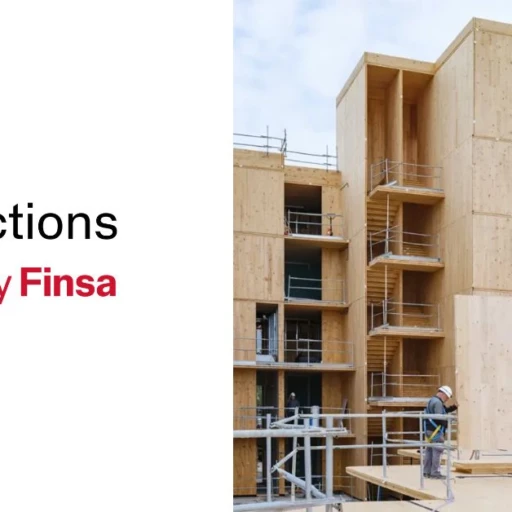“We just need to understand that it’s not an ultimate decision between digital and physical: the two worlds can coexist and enhance each other”. This is how cryptodesigner Andrés Reisinger describes virtual interior design, a new frontier that will change the way we understand the design of spaces.
Ver esta publicación en Instagram
The rise began with the sale of the first NFT furniture collection, which was designed by Reisinger and sold for 450,000 USD in just ten minutes at a NiftyGateway auction.
Virtual interior design: exploring the boundaries of the physical and the digital
Reisinger clarifies that going beyond the object itself, whether it’s tangible or not, “helps us virtually create the world we want to live in. Sometimes you first need to push beyond the bounds of the physical to get there”. In fact, NFTs from The Shipping Collection by Reisinger were made into physical pieces of furniture by those who possessed their proof of ownership logged in the blockchain.
It’s obvious that the digital allows for more experimentation. If there is enough demand, the digital product may end up being a tangible product. Beyond the metaverses, this offers sustainable and viable solutions for the materials industry. These include everything from generating the first prototype that is then improved to a search for the perfect design using surveys on social media.
This experimentation allows us to exist between two worlds: the offline and the online. Digital assets can be made available alongside physical ones, something that will make the metaverse even more tangible. Homes can also be decorated using both formats, creating a type of hybrid space. You’ll find a few examples of this in our previous post.
Ver esta publicación en Instagram
Personalisation and uniqueness guaranteed by the blockchain
NFTs open up a whole new world of possibilities for the luxury sector with personalisation. The blockchain allows for certification of the uniqueness, ensuring exclusivity of each piece of virtual furniture. It can also add value to their physical production, and that’s exactly what happened with the Reisinger’s NFT furniture collection.
This means that whoever acquires a digital product will own a truly unique thing. Copies might be made, but there will be only one certificate of originality. This results in a limited number of authentic units and even new business opportunities for architecture and interior design studios who will be able to monetise renders and prototypes as NFTs.
Ver esta publicación en Instagram
Where should I put my virtual furniture?
Virtual interior design has several potential locations, including digital ones in metaverses, on screens in our homes, and exhibitions on cryptoart platforms.
The metaverses of Decentraland and Minecraft are ideal for decoratiing with NFTs. You can integrate them directly from where you bought or created them and even generate new ones on the platforms themselves. They can also be used to gamify digital events and provide more dynamic interactive experiences. In addition, there is potential for them to be used therapeutically, adding something new to virtual experiences that incorporate ASMR.
Exhibiting them in cryptoart galleries or virtual museums is another possibility, as well as selling them in cryptogalleries in the metaverse, many of which can be found in the Cryptovoxels Gangnam Neighbourhood, a type of virtual Chelsea. This creates the perfect environment for immersive exhibitions, where reality and the digital space are connected.
Ver esta publicación en Instagram
These are all the options that virtual interior design can offer at the moment. Which of them is here to stay? Tell us what you think on social media using #ConnectionsByFinsa.




